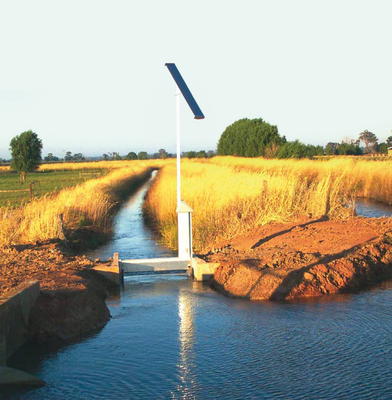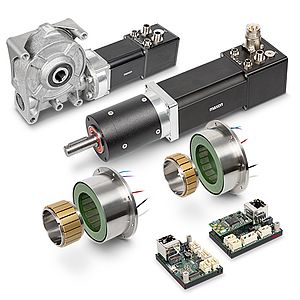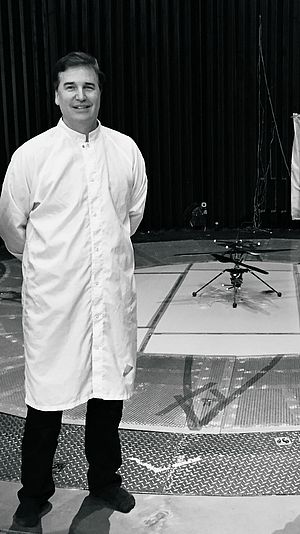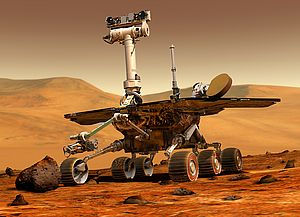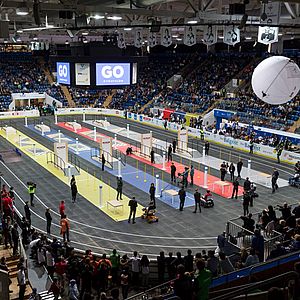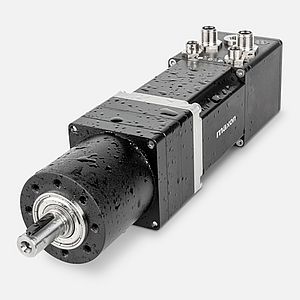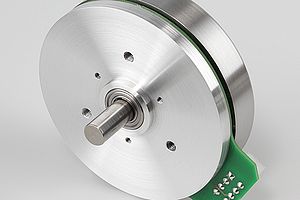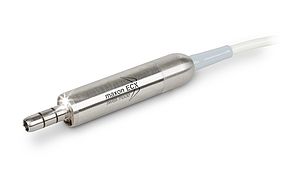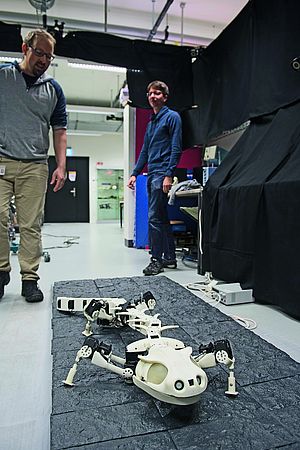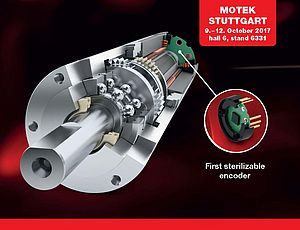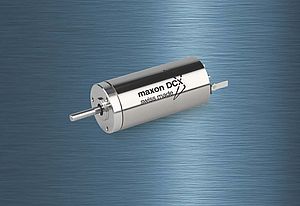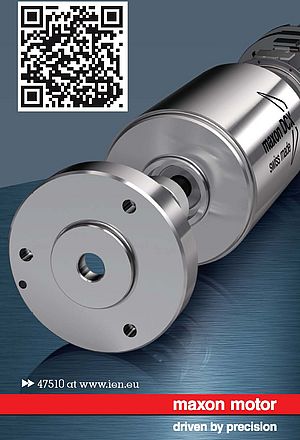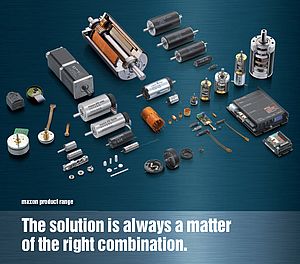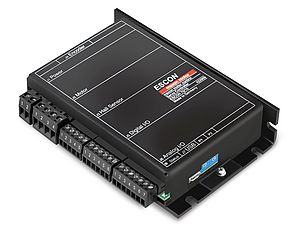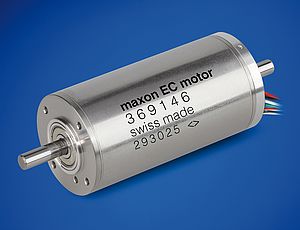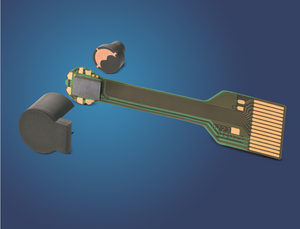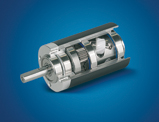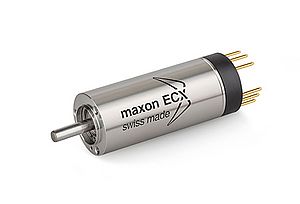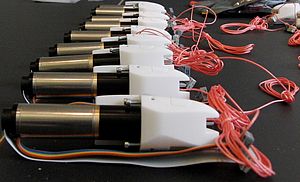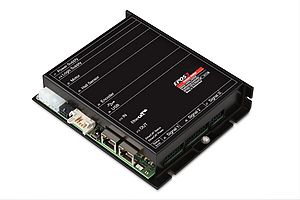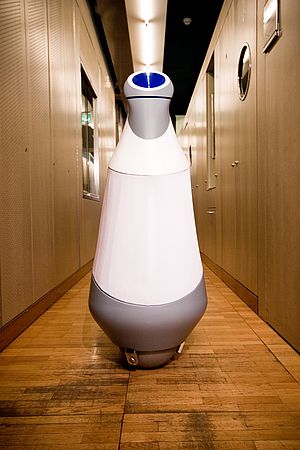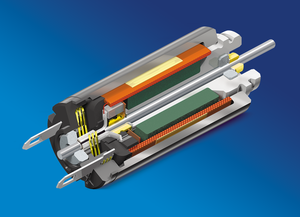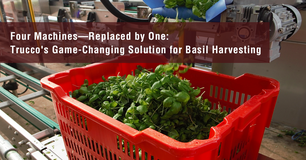Electro drives are used in the flume gates of modern irrigation systems in south-east Australia. Engineers describe the new “total channel control” system as forward-looking and expect to save more than 700 billion litres of water annually in the State of Victoria. That’s enough to fill 11 million swimming pools.
Two swimming pools per year – that is the amount of water consumed by the average European. Not everyone in the world is in such a comfortable position. Droughts and water shortages in East Africa, China and Australia have been a constant reminder over the past few years that running water should not be taken for granted.
Australia endured a once-in-a-century drought at the beginning of 2007 and has also suffered from devastating forest fires. In these situations, every drop of water counts. As a result, a great deal is being done there to make domestic water consumption as efficient as possible. For example, engineers have developed a new type of sluice system for farmland irrigation. And maxon motor drives are being used to help manage these flume gates.
Efficient water management
The city of Melbourne consumes 400 billion litres of water per year. To do this, the metropolis has to rely primarily on the Goulbourn-Murray irrigation district that distributes 70% of water resources in the State of Victoria to cities and the agricultural sector. Every year, 2,500 billion litres flow through the Goulbourn-Murray channels. To date, an average of 750 billion litres have been lost through inefficient water distribution. And this is in one of Australia’s two "Breadbaskets". This is now set to change thanks to new irrigation technology known as "Total Channel Control" (TCC).
TCC is a precise sluice system where individual flume gates can be operated remotely within two hours. For farmers, this means that they can call up water for field management purposes as and when they need it. In doing so, the flow rate can be very precisely calculated so that the farmer is only supplied with as much water as he actually needs.
The previous farmland irrigation system in Australia was nearly 100 years old. Water was channelled to farmland by means of a Dethridge wheel, similar to a mill-wheel. Water officers were responsible for these wheels, turning them on and off by hand. And often on inaccessible land. This meant that it could take up to 24 hours before water was delivered to farms or before it could be turned off. This antiquated process was inefficient for two main reasons: firstly, water was lost through spillages or seeped away through leeks in rusty distribution wheels. Secondly, because of the 24-hour delay as described above, water was still channelled onto agricultural land after heavy downpours, even if crops did not actually need it. All this can be improved with flume gates.
Efficient drive systems
Each of the 2,500 flume gates located along a channel of over 1,000 kilometres in south-east Australia is fitted with a maxon motor drive. maxon RE motors operate the automatic opening and closing of gates.
Engineers predominantly use maxon DC motors in this system, as they have an efficiency level of over 90% but consume very little energy. The gates are operated by solar-powered batteries. Another advantage is the long service life and robustness of maxon’s RE motors, which are used in many applications, including Mars missions. Given that the flume gates are located in often inaccessible locations, significant time and money would have to be spent on continually maintaining and repairing them.
Efficient concept for the future
Under the TCC concept, sensors are now being incorporated into agricultural fields to enable soil humidity content to be measured effectively. The major advantage for Australian farmers is that they will no longer have to decide when and how much water they need for their fields, as the irrigation system continually maintains the required level of soil humidity for crops. This not only brings cost-savings for the agricultural sector, but also saves water for the population, which at the moment is at least 700 billion litres.
Given that the entire Australian continent only accounts for 1% of the global irrigation market, the potential savings are that much more impressive. And saving is the key word at the moment. The United Nations Environmental Programme (UNEP) has warned of a major water shortage in less than 20 years. If current trends continue, then by 2025, there would be 1,8 billion more people living in regions with severe water shortages. It is therefore no surprise that TCC systems are being installed in America and North Africa.


